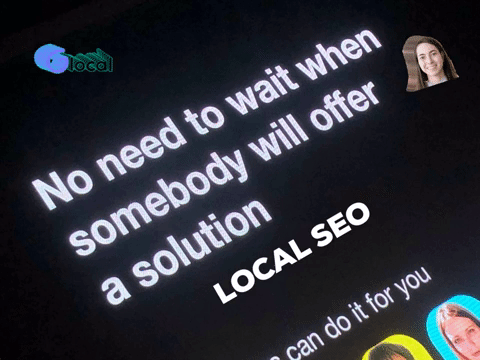
In today’s world, content is king. It’s one of the most important aspects of SEO success and can make or break a website’s ability to rank in search engine results. But what if your website requires content in multiple languages? How can you make sure that your multi-lingual content is optimized for SEO success? The answer lies in leveraging multi-lingual content for SEO success.
Here are a few tips to help you make the most of your multi-lingual content:
1. Create separate sites for each language: This will give you the opportunity to optimize each page for the language it is targeting.
2. Use separate URLs: Each language should have its own URL so that search engines can identify the content.
3. Utilize hreflang tags: This will help search engines understand the language of the content and help them better index and serve it up to relevant searches.
4. Use local keywords: Keywords should be localized to the language of the content to ensure that it is properly indexed and ranked.
5. Use a content delivery network (CDN): A CDN can help deliver content to different parts of the world faster and more efficiently.
By leveraging multi-lingual content for SEO success, you can make sure that your website is properly indexed and ranked for the languages it supports. This will help you reach a wider audience and increase your chances of success.
If you want to maximize your potential for SEO success, leveraging multi-lingual content is a great way to do that.
Multi-lingual content allows you to reach a wider audience, diversifying your customer base and opening up new opportunities.
The first step to leveraging multi-lingual content is to identify the languages you’ll be targeting. This includes both the languages your target customers speak and the languages that are popular in the regions you’re targeting. Once you’ve identified the languages, you’ll need to create content in those languages.
When creating content in multiple languages, there are several important factors to consider. First, you’ll need to ensure that the content is of high quality. This means making sure that it’s linguistically accurate, has proper grammar, and is culturally appropriate. You’ll also need to consider how to structure your content in each language. For example, if you’re targeting a Spanish-speaking audience, you’ll need to make sure that you’re using the proper verb tenses and sentence structure for that language.
You’ll also want to optimize the content for each language. This means using the right keywords and phrases, and making sure that the content is relevant to the target audience. Additionally, you’ll need to consider how you’ll promote the content and make sure it’s easily discoverable by your target audience.
By leveraging multi-lingual content, you’ll be able to reach a wider audience and increase your SEO success. With the right strategy and optimization, you can maximize the potential of your content and reach new customers in different languages.

